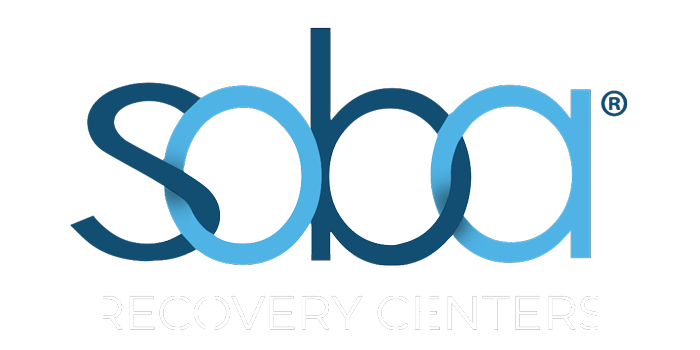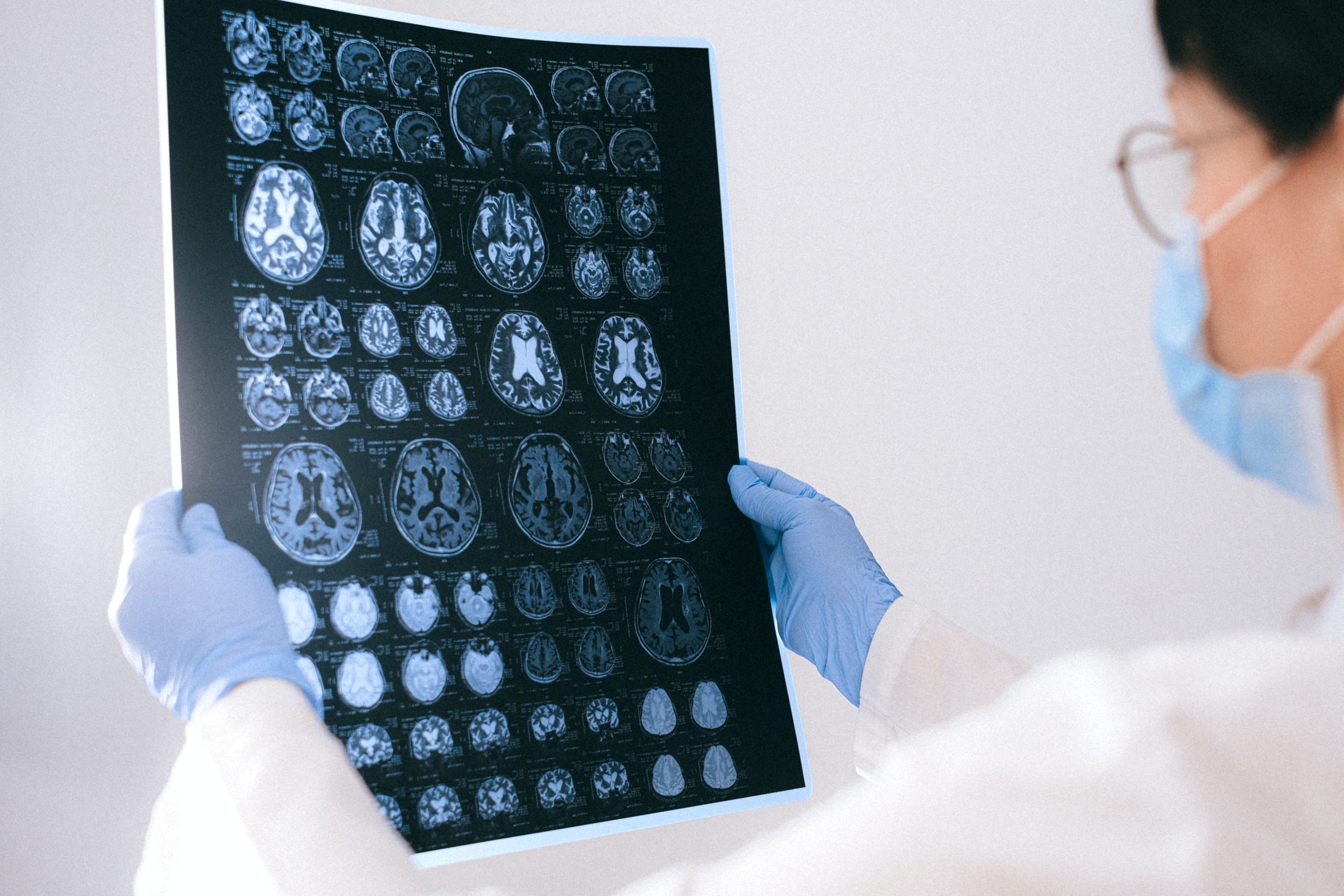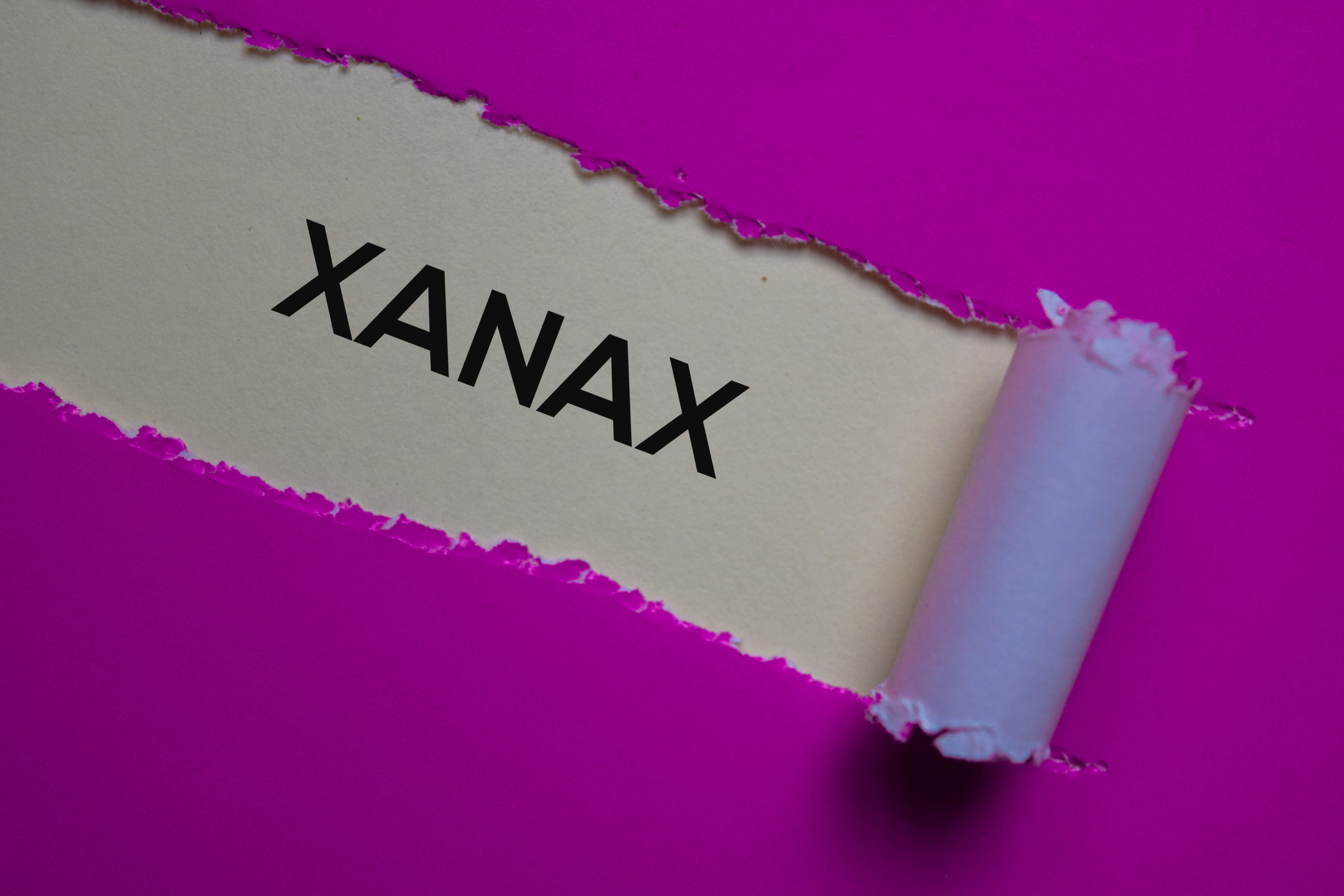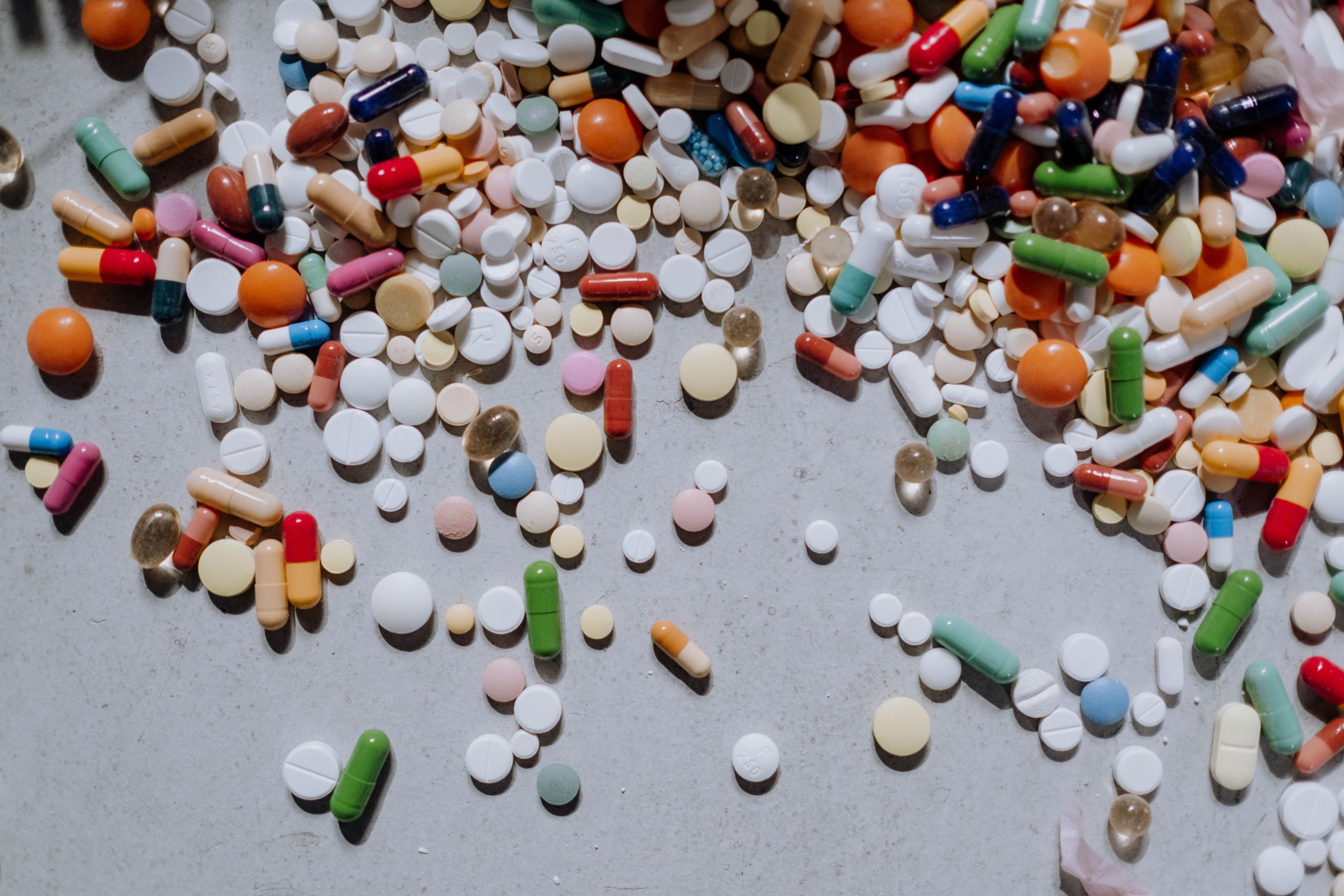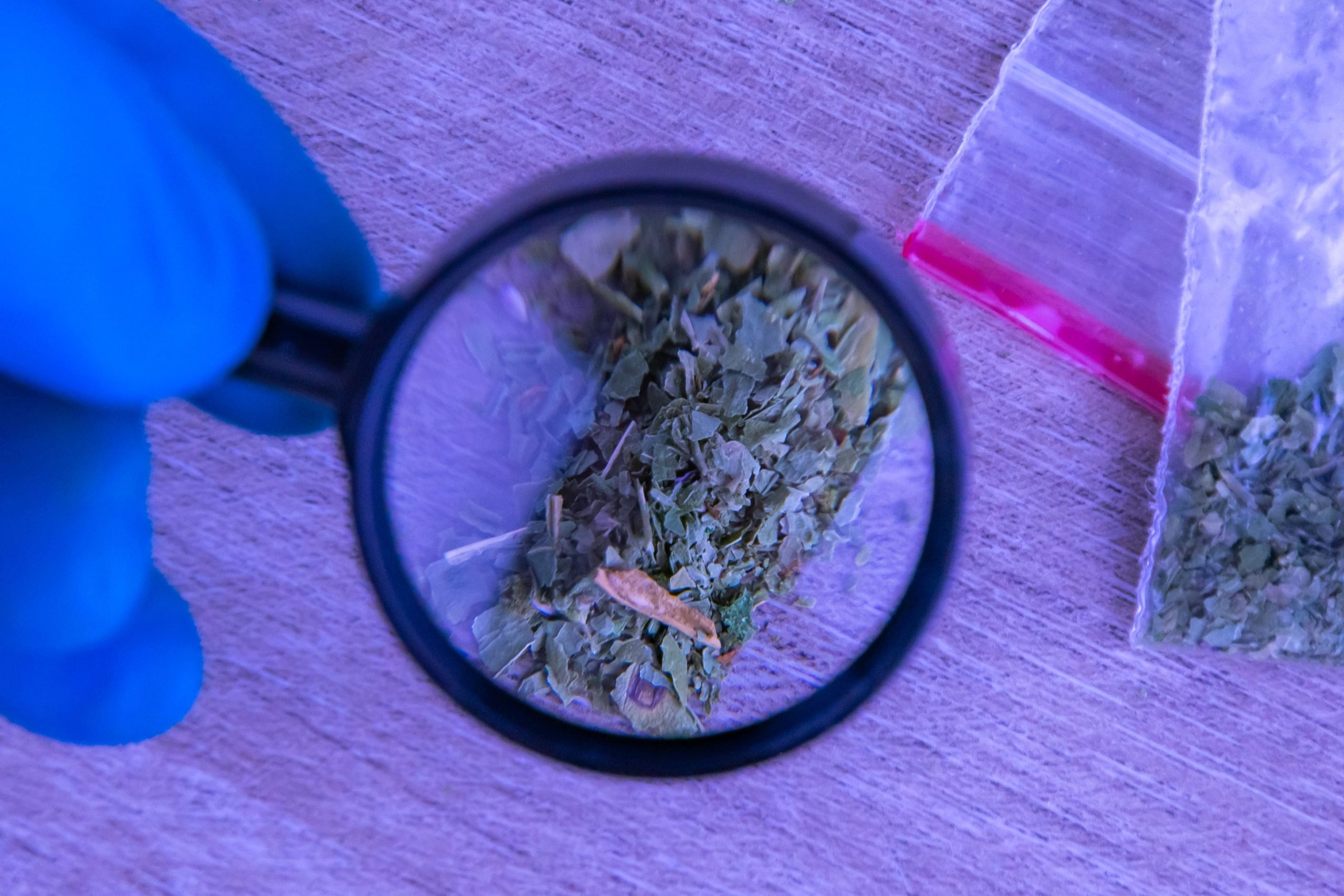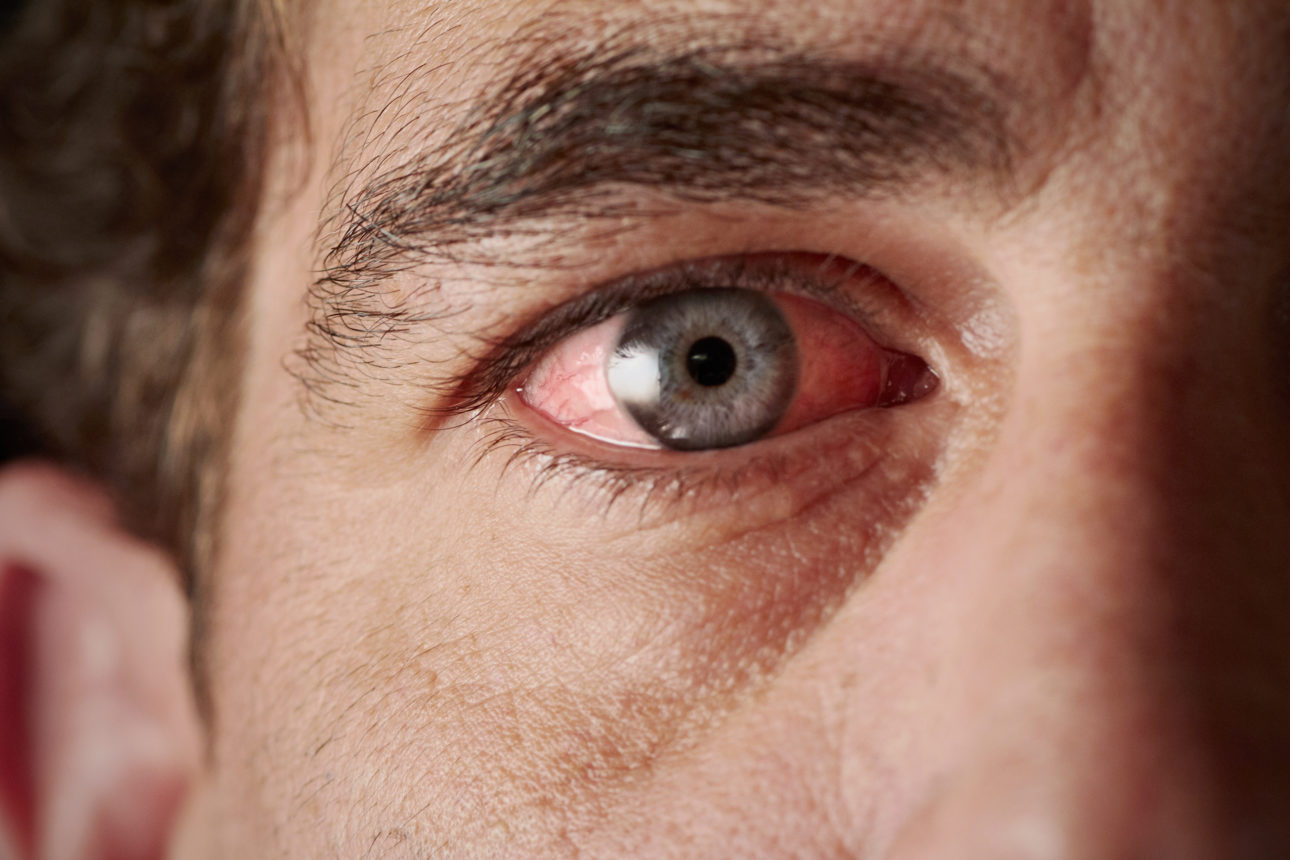Your reaction to cocaine can vary depending on multiple factors, like weight, metabolism, age, or even hydration levels, so it’s hard to give an exact answer of how long it stays in your system. Typically, cocaine can test in your system anywhere from two days to several months, depending on what kind of test you are taking.
It can show up in a blood or saliva test for up to two days, in a urine test for up to three days, and can last for several months when a hair test is done. You might not feel the effects of cocaine for this long of a period, but that doesn’t mean it’s fully flushed out of your system.
Cocaine is considered a schedule II drug by the Controlled Substances Act because it has a high risk for abuse and dependence. It also has been used in medical settings for treatments, though rarely anymore. If you are someone who has used cocaine recently or uses it chronically and might be looking for some guidance, Soba Recovery Center offers a variety of services to support you!
When To Expect the Effects of Cocaine
Depending on how you ingest cocaine, you might feel the effects come on at different times. How cocaine gets into your system might also impact the intensity or duration of the high. You can snort, inject, smoke, and orally take cocaine, and each will produce a different onset of the effects.
Smoking and injecting cocaine will result in a much quicker onset of the effects, as quick as 5-10 seconds after using, and will last for 20 minutes. Snorting and taking cocaine orally will show the effects of using anywhere from 3-5 minutes after, but the effects can last up to 90 minutes when taken orally. How long it lasts will change depending on who you are as a person, but overall, it doesn’t last long, hence why people use it frequently–to get that sustained feeling of euphoria.
During your high, you might feel:
- Overly confident
- Hyper-stimulated
- Alert
- Aroused
But the high will come to a crashing end, where you will end up experiencing quite the opposite feelings and symptoms, like:
- Anxiety and depression
- Dilated pupils and rapid breathing
- Increased heart rate and blood pressure
People might try to skip out on these dark feelings by continuing to gain that euphoria once more, only assisting in the development of a dependency to the drug.
Overdosing on Cocaine
Prolonged and excessive use of cocaine can result in a condition called cocaine intoxication, which can be very painful and dangerous to experience. You might be able to determine if you think you or a loved one is experiencing cocaine intoxication due to the following symptoms:
- Vomiting
- Agitation and confusion
- Irregular heartbeats
- Hyperactivity
- Kidney damage
- Stroke
- Tremors and intense sweating
- Enlarged pupils
- Chest pain
- Seizures
- Feelings of euphoria
- Psychosis
If you or anyone you know is experiencing these systems, contact a medical professional immediately to get help. Being monitored by trained professionals is a way to increase your risk of recovery and safety, which is why inpatient treatments are extremely beneficial.
How Long Will The Effects Last?
Typically, cocaine might affect a person for around an hour, sometimes shorter and sometimes longer. Many factors influence how long it will last in your system. After an hour, cocaine will have eliminated about half of itself from the bloodstream, as it is a fast-acting drug.
Cocaine will have been metabolized by enzymes rapidly in the liver and blood, which would not be detectable in a drug test. The drug tests screen for benzoylecgonine, a metabolite of cocaine that is detectable for longer than cocaine. So, if you use cocaine once, you will probably only feel its effects for the next 24 hours, including the comedown. If you are using cocaine daily and frequently, you might have longer-lasting side effects, followed by more dramatic crashing feelings.
Depending on how you test for cocaine, your results may vary. Different tests can detect either cocaine or benzoylecgonine in your system on different timelines:
- Blood: A blood test can detect cocaine in your system for up to 12 hours and benzoylecgonine for up to 48 hours.
- Saliva: Like a blood test, saliva helps to detect benzoylecgonine in your system for up to two days.
- Urine: A urine test will probably be the most accurate test you’ll take and can detect benzoylecgonine in the system for up to 72 hours. If you are a frequent and heavy user of cocaine, urine tests can show it in your system for up to two weeks
- Hair: A hair test can show benzoylecgonine in your system for several months, but that might vary depending on where the sample is taken from.
Factors that influence the length it lasts
Several factors can influence how long cocaine stays in your system and how long the effects last. These factors are different for everyone, making it hard to say an exact time that cocaine’s effects will last.
- Frequency: Some studies have shown that the more frequently and the more cocaine you use, the longer that benzoylecgonine will remain in the system and be detected. There will be higher amounts of cocaine in your system if you use it daily, making it harder to flush out.
- Hydration levels: Water speeds up the excretion process of cocaine, so if you are dehydrated, it may stay in your system for longer.
- Alcohol consumption: Alcohol can bind to cocaine and slow the excretion process down.
- Body fat: Benzoylecgonine can be stored in fatty tissue, so if you are someone with more body fat, it might stay in your system for longer as it builds up in the fat
- The method used: The faster that cocaine gets into the system, the faster it gets out, so if you are smoking or injecting it, it will enter your system and get out quicker than snorting or orally ingesting.
Getting Cocaine Out of Your System
There are no tricks or tips about how to get cocaine out of your body quickly. Some people claim that drinking copious amounts of water, taking natural antidotes, or eliminating caffeine and alcohol can help to flush it from your system. While the idea behind it might seem somewhat reasonable, cocaine is not impacted by any of these brief and unsubstantiated claims.
If you are looking to get cocaine out of your system, the only fool-proof way to do so is to quit using it so that it can thoroughly flush out of your body. Your body needs to metabolize and discard benzoylecgonine before it can be free of the drug fully, but if you continue to use it, it will never actually go away.
Getting Help at Soba Recovery Centers
Quitting any drug means a long and difficult path towards recovery, but it’s always worth it in the end. Cocaine is no different from alcohol or heroin in the way that it can create long-term and short-term issues for those who use it, damaging relationships and putting health and stability at risk. Sometimes recovery means asking for help outside of your inner circle and putting your health in the hands of trained professionals.
Inpatient services offer 24/7 monitoring, different therapy methods to try, and a community of people who want the same thing: sobriety and control of their lives. At Soba Recovery Centers, we create personalized treatment plans that will enable you to become who you deserve to be. You can jump right into inpatient treatment or start with outpatient group therapy.
Speak with a Soba representative to learn about our many treatment services and what we think would be best for your journey to recovery. Don’t waste another day wondering how you can overcome your addiction. Get started at Soba Recovery!
Sources:
Drug Fact Sheet: Cocaine | Drug Enforcement Administration
Cocaine Drug Facts | National Institute on Drug Abuse
Metabolic Enzymes Of Cocaine Metabolite Benzoylecgonine | NCBI

